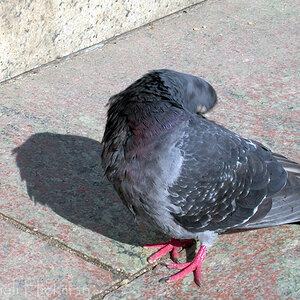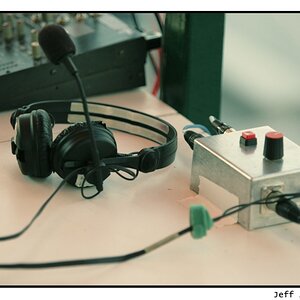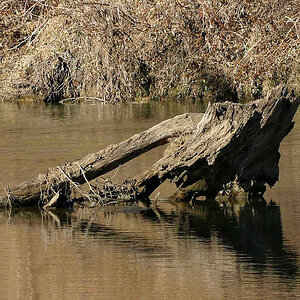lvcrtrs
TPF Noob!
- Joined
- Dec 18, 2008
- Messages
- 606
- Reaction score
- 1
- Location
- Pennsylvania
- Can others edit my Photos
- Photos OK to edit
I've been using the same cards, same camera and same program (PSE7). Today, after working with some photos, when I put them in the digital picture frame, they came up as "INVALID" and would not display.
The only other time I had that was when the files were too big. I resize everything to 800 on the long side. They are all jpg as I thought maybe I saved them in some PS format.
They do show up just fine on the computer.
Any suggestions?
The only other time I had that was when the files were too big. I resize everything to 800 on the long side. They are all jpg as I thought maybe I saved them in some PS format.
They do show up just fine on the computer.
Any suggestions?












![[No title]](/data/xfmg/thumbnail/35/35586-d552a369f369a1796256b9df897a8d91.jpg?1619737061)
